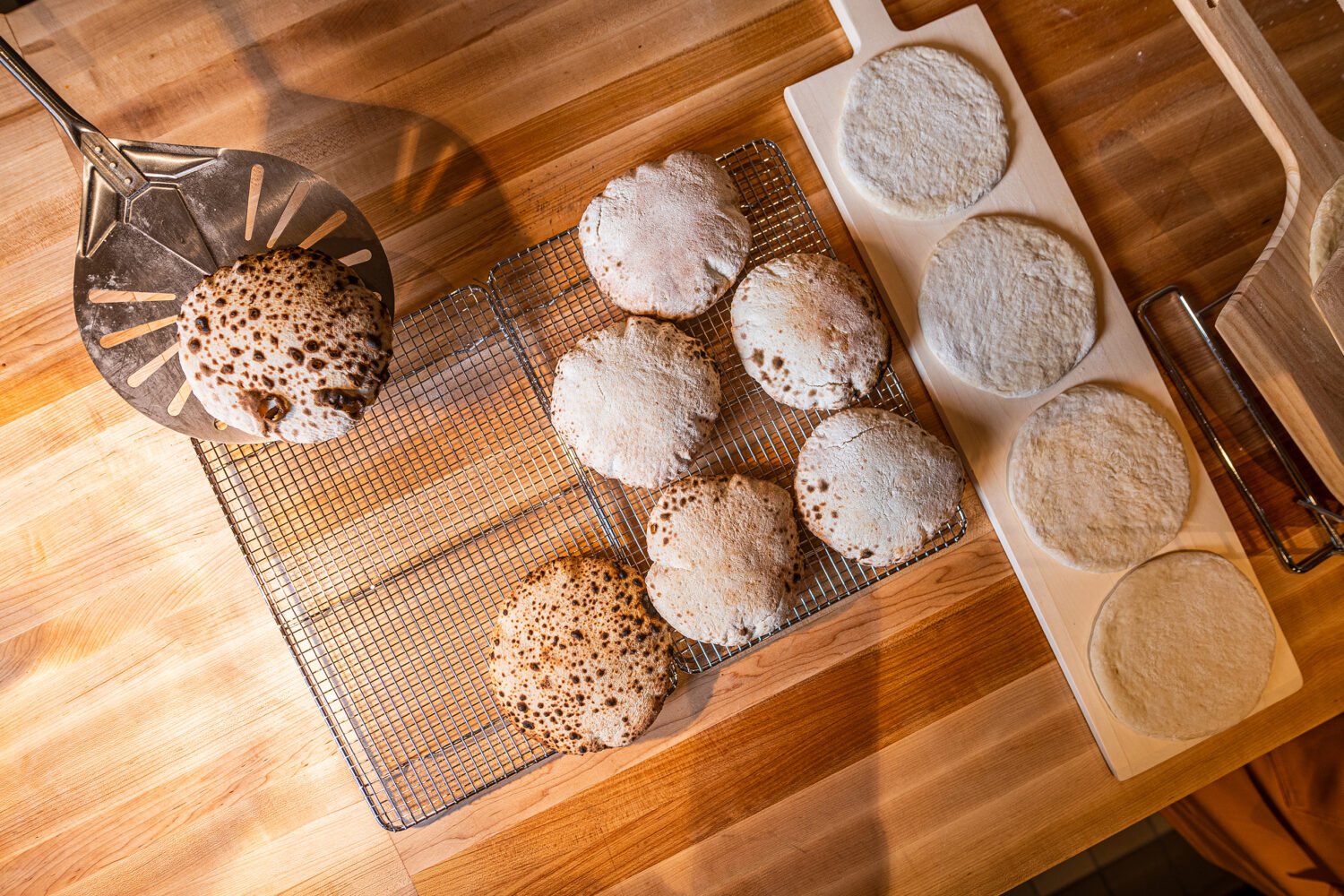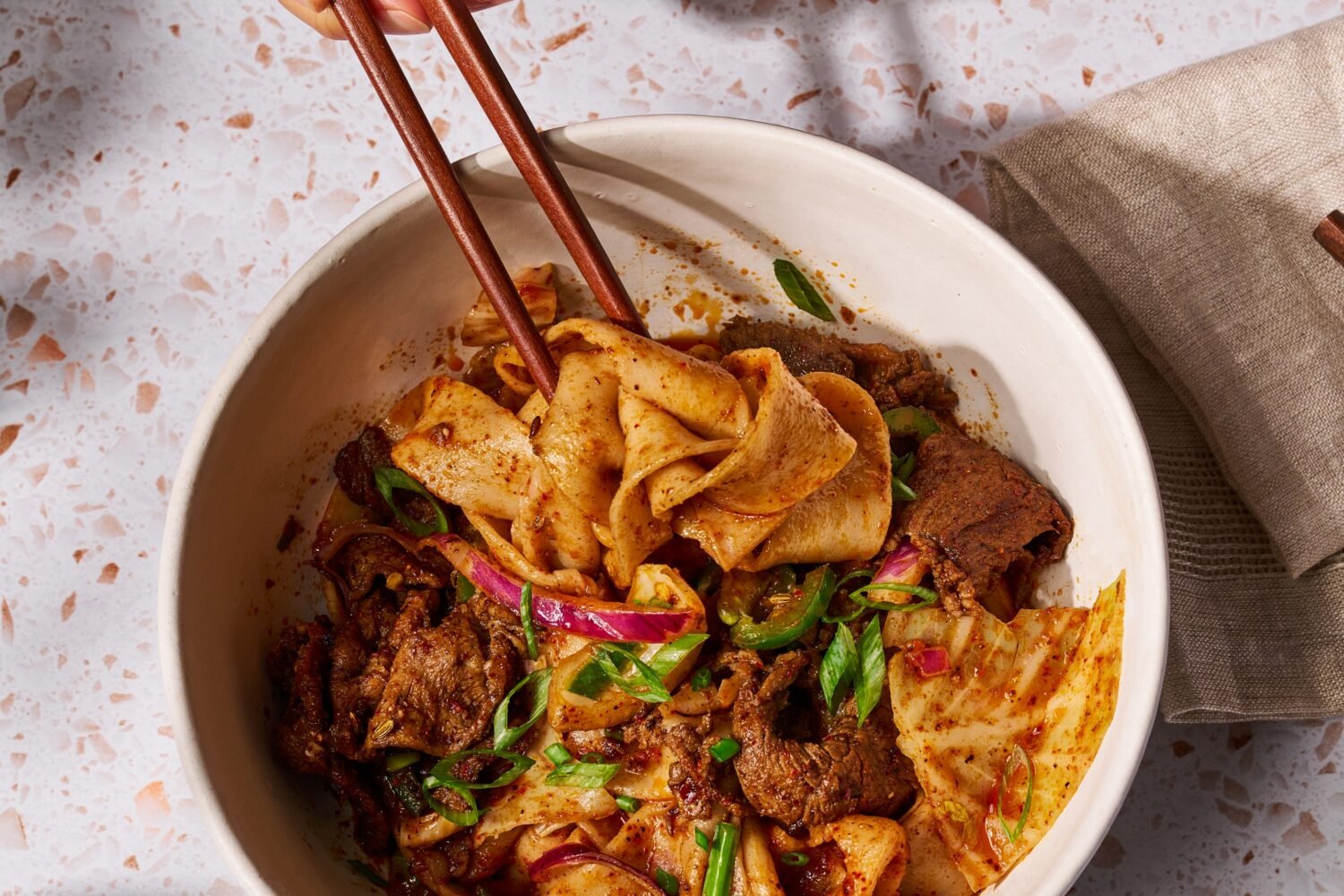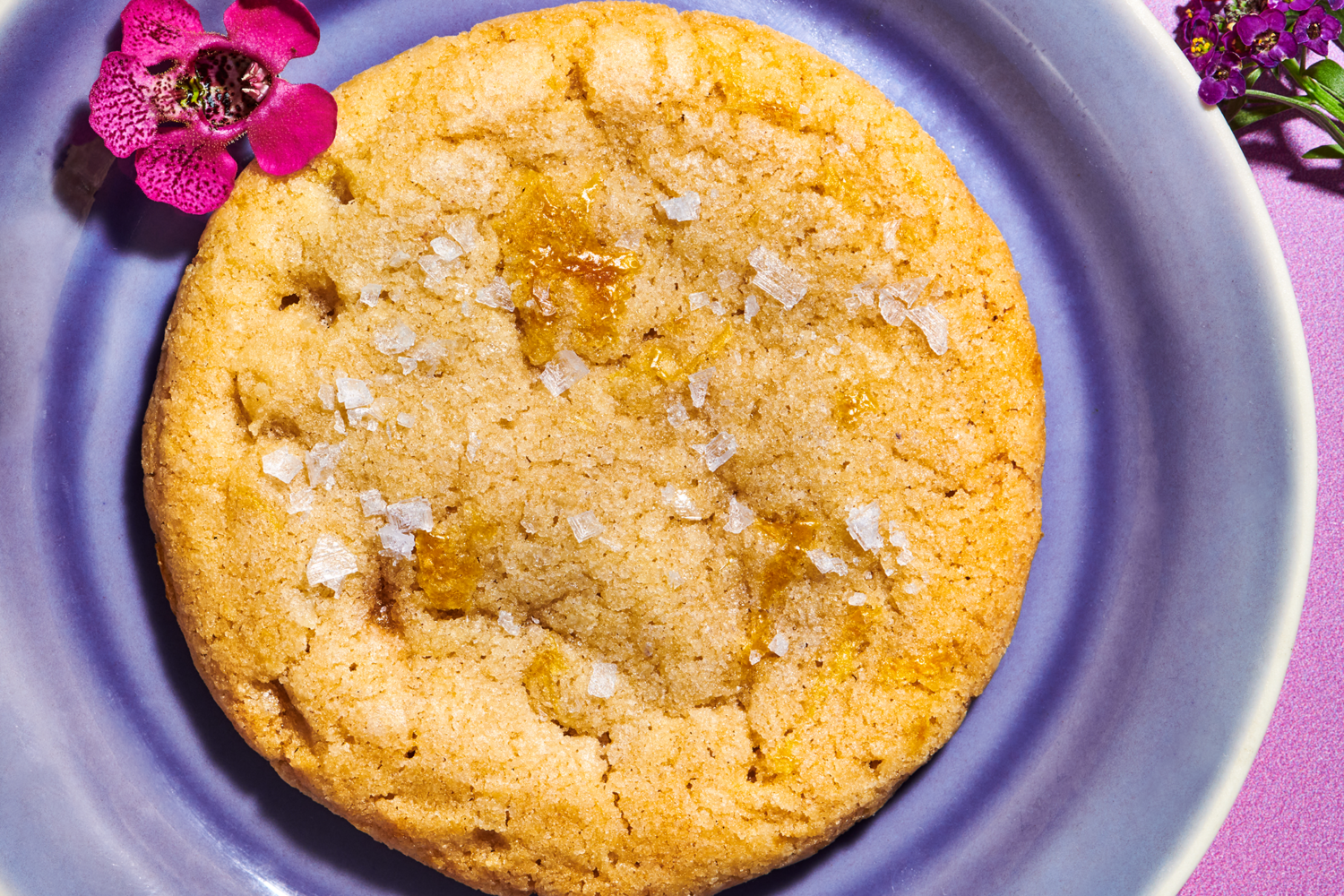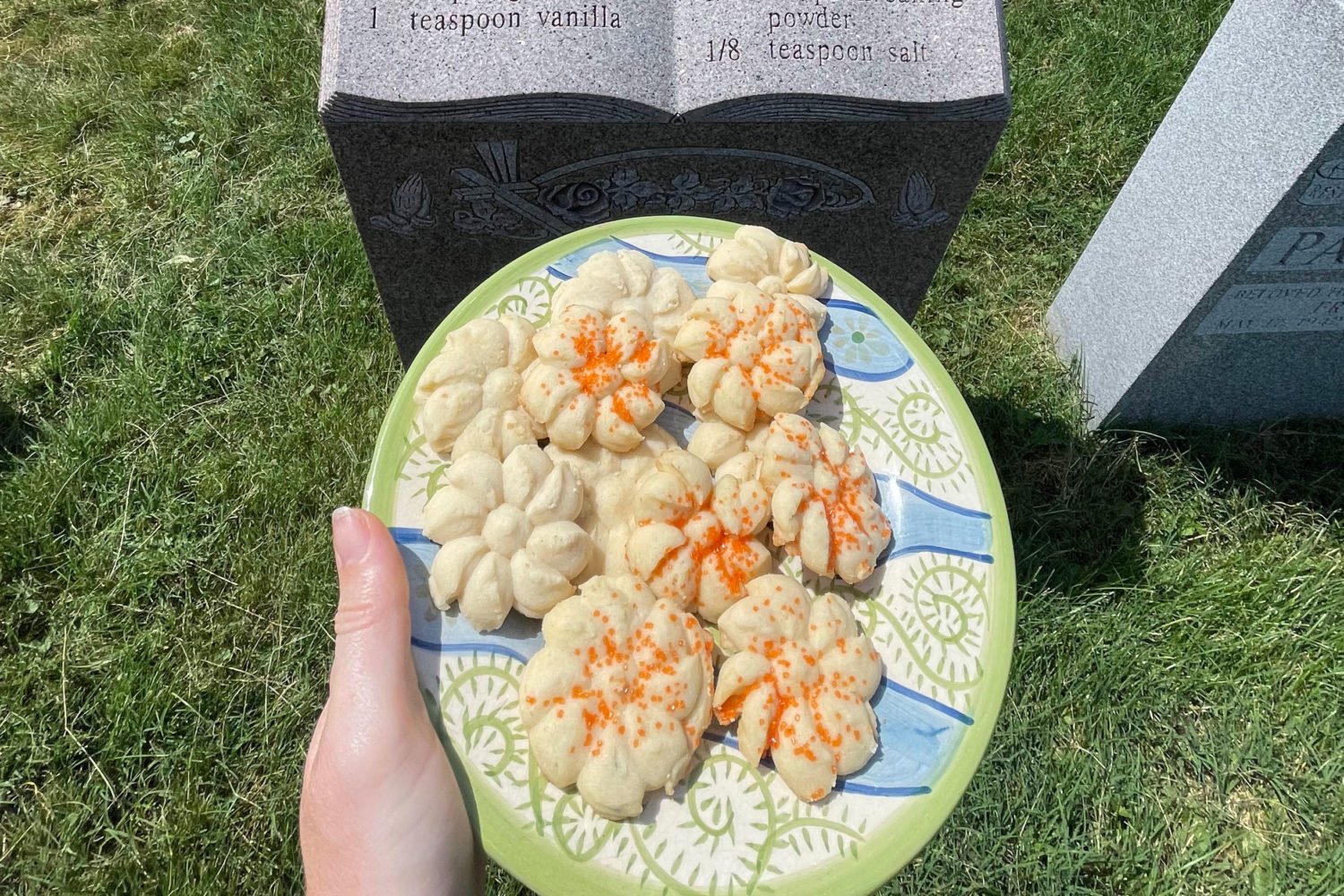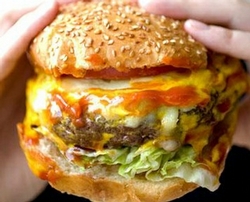
If there's one meal to make for Fourth of July weekend, it's burgers on the grill. And if there's one guy who can do it right, it's Michael Landrum. The Ray's Hell-Burger and Hell-Burger Too owner has built a local mecca for hamburger-lovers that serves everyone from college kids to President Obama. For replicating Ray's burgers at home, here are Landrum's tips.
DIY Meat
For maximum flavor and juiciness, Landrum swears by grinding your own burger meat. Any Cuisinart food processor or simple hand-grinder does the trick. The golden ratio is 80 percent fattier chuck-eye steak from a market such as Whole Foods—you can pre-order a whole portion from a chuck roast—and 20 percent leaner flank or skirt steak. Always use whole cuts, not scraps or pre-cubed meat.
Landrum says it's important to keep both the grinder and the meat cold so the fat doesn't melt out. Cube the steaks and freeze the beef and tools for about 20 minutes, or until a layer of ice spreads across the meat. If using a processor, pulse it quickly for a rough chop—avoid the puréed texture of grocery-store patties—or guide it through the grinder without pushing. The coarse texture will give the burger what Landrum calls a "meatier, more primordial satisfaction."
Making the Patties
One of Landrum's secrets for moist, evenly cooked burgers is a loose patty, which keeps the layers of meat and fat intact. The meat maven's other insider tip: "Gently press a dimple in the center," he says. "The burger won't puff up in the middle, which makes it easy to put on the bun and stack the toppings."
As for seasoning, Landrum doesn't mix anything into the meat in advance to avoid drying out the patty. But that doesn't mean he's an absolute purist: "[McCormick's] Montreal Seasoning is the best stuff available for the outdoor grill," he says. "Just season the burgers [with the Montreal mix] immediately before grilling—and more liberally than you think."
Set Up the Grill
Every grill master has his or her own technique, but Landrum is an advocate of stacking hot hardwood coals—heated for about 20 or 30 minutes—on one side of the grill, leaving the other half empty. For rare to medium-rare burgers, you can sear the patties on the hottest part of the grill twice on each side until ready to eat (see below for tips on how to know when it's done). For a more-cooked burger, Landrum recommends charring the patties quickly on either side, moving them over to the coal-less half of the grates, and covering the grill and letting them cook through indirect heat.
If you have a crowd with mixed tastes for doneness, Landrum advises keeping the patties that'll be more thoroughly cooked at room temperature while you're preparing the grill. The ones destined for rareness should be stored in the fridge; the cool meat cooks slower, which means you can put the burgers on the grill all at once, and they'll be done around the same time.
Add a Little Smoke
Adding a hit of savory smoke to your meat is simple: peel and split an onion, and soak the cut end in canola oil while you're preparing the coals. When the grill is hot, oil the grate with the soaked onion—it acts like a natural sponge—and then roughly chop it up and scatter the pieces on the charcoal. "It adds a smoky umami flavor without being excessive," says Landrum.
Cook it Right
"It's more important what you don't do," says Landrum about cooking your burger to perfection. The rules of Ray's: don't poke, pierce, or move the burger unnecessarily; never flip or press it with a spatula; and never spear it with a grill fork. Instead, Landrum reaches for tongs that have spoon-shaped grips, which can cradle the burger as you turn it. Patience is also key: "When you put the uncooked side down on the hot part of the grill, don't touch it," says Landrum. "Wait. It's ready to turn when the meat pulls away from the grate with no effort." (The timing depends on the heat of the grill and the thickness of the patty, but figure you should wait at least a minute.)
Instead of prodding the patty with a knife or a finger, Landrum gauges doneness by sight: no juices flowing from small cracks at the top of the burger means it's rare; red indicates medium-rare; and rosy to pale liquid means it's medium-well to well-done.
Keep it Simple
Ray's Hell-Burgers can come decked with sherry-sautéed mushrooms and blue cheese, but Landrum has simpler tastes when it comes to his own patties: a slightly toasted Pepperidge Farm onion roll, a slab of aged white New York cheddar from Cracker Barrel, and a thick-cut vine tomato. "Maybe the thinnest spread of Dijon if you want a little zing," Landrum says. "But with the meatiness of the burger and flavor in the crust, you don't need ketchup or mustard."
Have any tips for grilling the perfect burger? Let us know in the comments.
Subscribe to Washingtonian
Follow Washingtonian on Twitter
Follow the Best Bites Bloggers on Twitter
More>> Best Bites Blog | Food & Dining | Restaurant Finder




